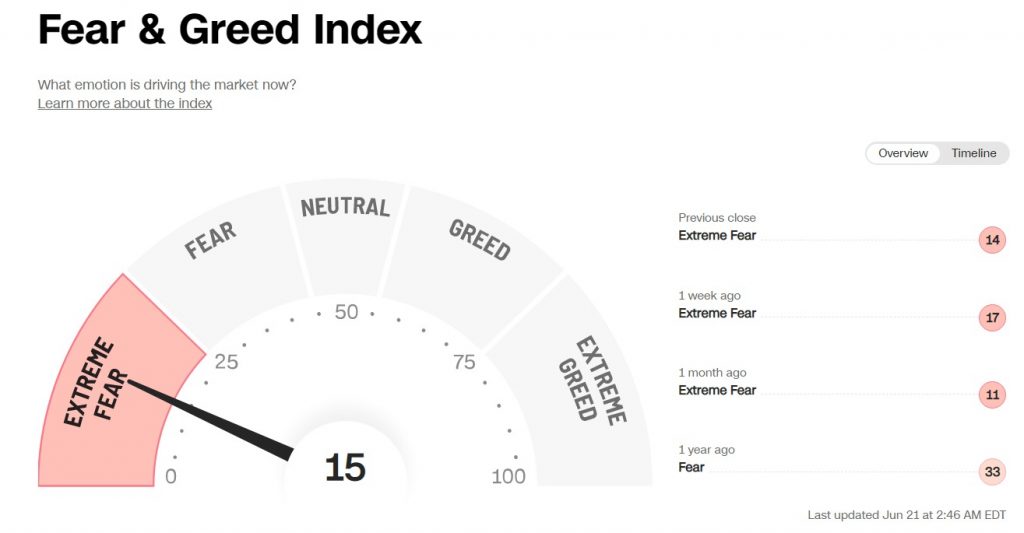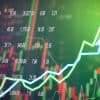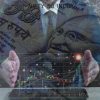- The fear and greed index is in the extreme fear zone as investors continue worrying about the hawkish Federal Reserve.
The fear and greed index is in the extreme fear zone as investors continue worrying about the hawkish Federal Reserve. There are also fears of the housing sector and the fact that most companies are expected to have thinner margins this year as inflation escalates. The index has retreated as the S&P 500 index has tumbled to a bear market.
Investors are worried
The fear and greed index has been in a freefall as investors continue worrying about the hawkish Federal Reserve. In a statement last week, the Federal Reserve decided to hike interest rate by 0.75% and hinted that similar hikes were on the way. Investors tend to be wary of an extremely hawkish Federal Reserve.
Meanwhile, there are concerns about a recession in the United States. Most analysts now believe that conditions are ripe for a major recession. These conditions are high inflation, low unemployment rate, and an extremely hawkish Federal Reserve. Historically, a recession tends to happen when these conditions are in place.
The fear and greed index is also falling as worries about the housing market remain. As I wrote recently, there are worries about the next housing crash as interest rates rise. Recent data shows pending, new, and existing home sales numbers declined sharply in the past few months. In addition, building permits and housing starts have all declined.
Another concern is the significant leverage in the housing sector. With rates rising, there are concerns that we could see a burst in the coming months. For example, mortgage rates have jumped to 6% in the past few weeks, which could trigger further weakness.
Fear and greed index falling
As shown below, the fear and greed index has moved to the extreme fear level as investors continue worrying about the current prevailing rates. In addition, the market momentum, as measured by the S&P 500 and the 125-day moving average, is at an extreme fear level. At the same time, stock price strength is at the fear level as the number of stocks near the 52-week low rise.
The stock price breadth, safe-haven demand, and put and call options have moved to extreme fear while market volatility has moved to fear level. The latter is usually measured by the CBOE volatility index and the 50-day moving average.





